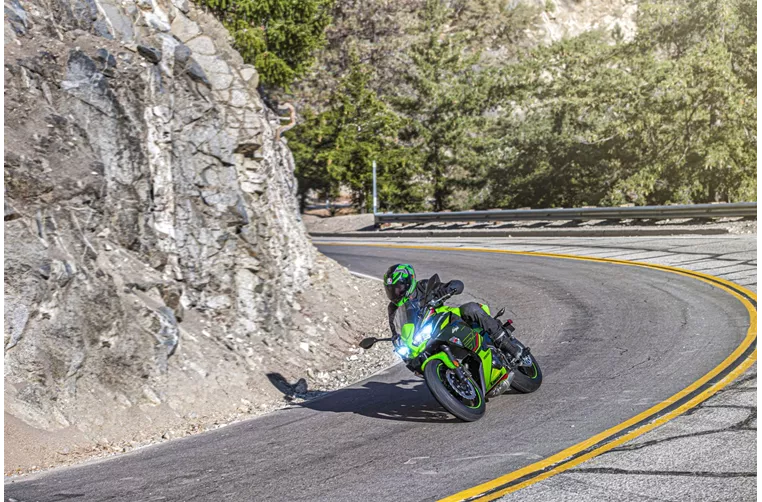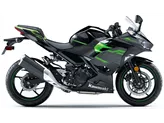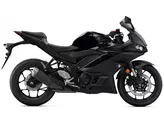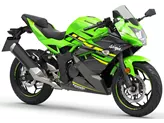Yamaha YZF-R6 2019 vs. Kawasaki Ninja 650 2023

Yamaha YZF-R6 2019
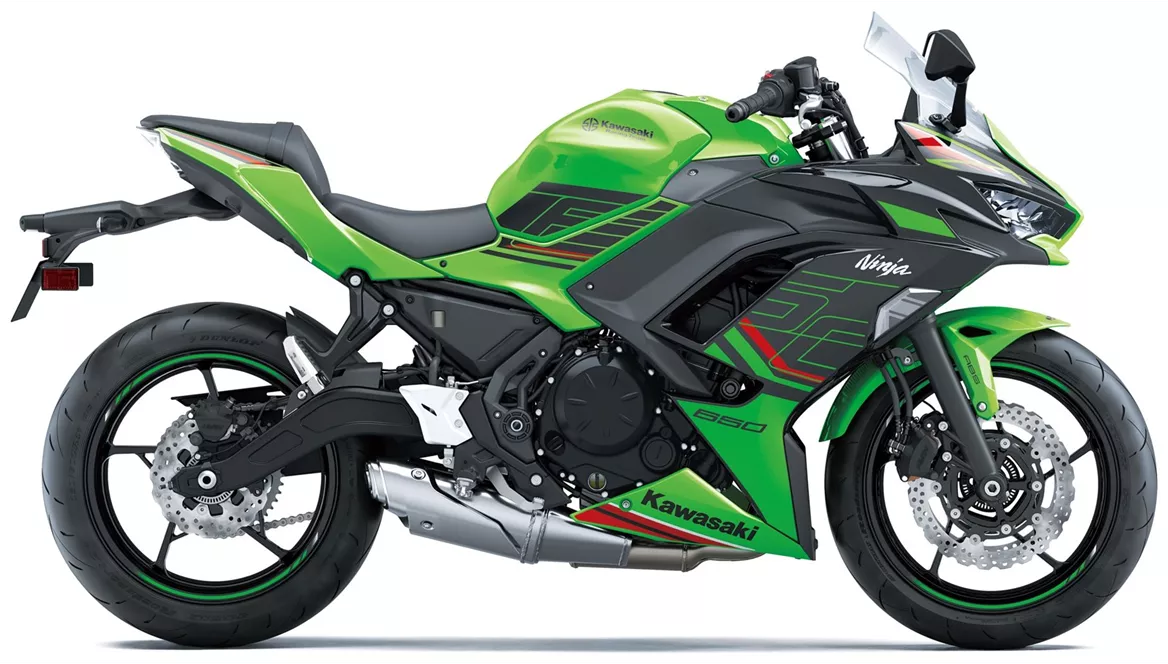
Kawasaki Ninja 650 2023
Overview - Yamaha YZF-R6 2019 vs Kawasaki Ninja 650 2023
When comparing the Yamaha YZF-R6 2019 and the Kawasaki Ninja 650 2023, it is clear that both motorcycles have their own strengths and weaknesses.
Starting with the Yamaha YZF-R6 2019, it boasts a top chassis that is tight and sporty, making it ideal for aggressive riding. The bike also features extremely powerful brakes borrowed from the YZF-R1, ensuring excellent stopping power. In terms of design, the YZF-R6 has a sharp and modern look, with LED lighting adding a touch of sophistication. The bike also comes equipped with a mature electronics package, including features such as ABS, riding modes, ride by wire, and traction control. The display interface is easy to read and clear, providing the rider with all the necessary information. One of the standout features of the YZF-R6 is its rev-happy engine, which delivers a thrilling and exhilarating riding experience.

Yamaha YZF-R6 2019
On the other hand, the Kawasaki Ninja 650 2023 is more suited for touring and offers a comfortable riding position. It comes with a safety package that includes ABS and traction control, providing added peace of mind on the road. The Ninja 650 is also known for its accessibility, making it a great choice for riders of all skill levels. The bike's ergonomics are versatile, allowing riders to find a comfortable position that suits their preferences. In terms of aesthetics, the Ninja 650 maintains the typical Ninja look, which is sleek and stylish.
While the Yamaha YZF-R6 2019 has a few weaknesses, such as the engine lacking some punch in the mid-range and a clear price difference compared to the Kawasaki, these drawbacks are justified considering the bike's superior performance and features.
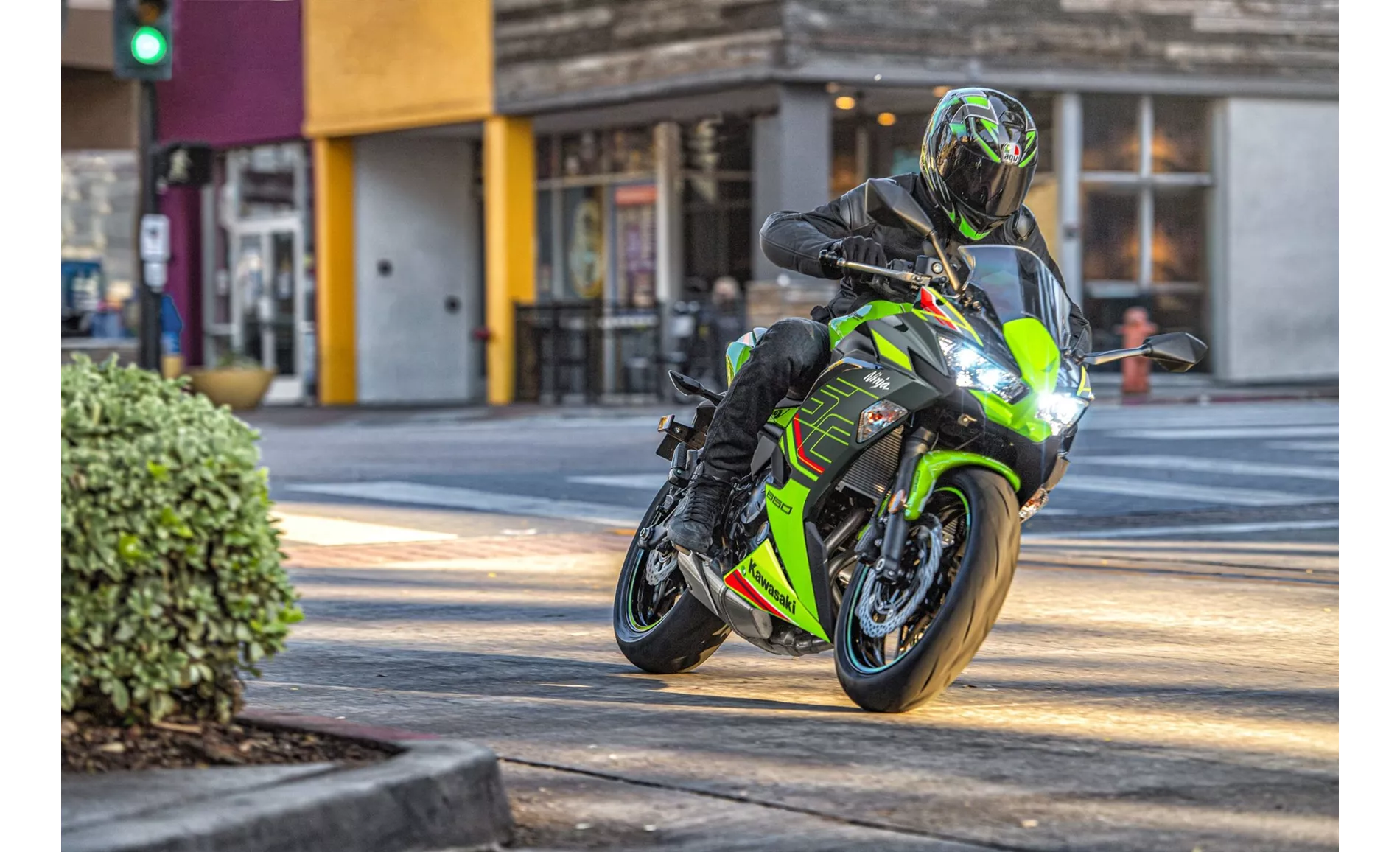
Kawasaki Ninja 650 2023
On the other hand, the Kawasaki Ninja 650 2023 has some weaknesses of its own. The chassis and brakes are considered average, which may not provide the same level of performance as the YZF-R6. Additionally, adjusting the rear shock absorber on the Ninja 650 can be laborious, which may inconvenience some riders.
In conclusion, both the Yamaha YZF-R6 2019 and the Kawasaki Ninja 650 2023 have their own unique strengths and weaknesses. The YZF-R6 offers a top-notch chassis, powerful brakes, and a rev-happy engine, making it a great choice for riders seeking a thrilling and sporty ride. On the other hand, the Ninja 650 is more suited for touring, offering comfort, accessibility, and a safety package. Ultimately, the choice between these two motorcycles will depend on the rider's preferences and intended use.
Technical Specifications Yamaha YZF-R6 2019 compared to Kawasaki Ninja 650 2023
Pros and Cons in comparison
Pros and Cons in comparison
Yamaha YZF-R6 2019

It almost seems as if the Yamaha YZF-R6 was born on the race track. It is easy to see that the R6 is the little sister of the YZF-R1. Whether it's the design, the ergonomics, the braking or the electronic aids - the racing genes are everywhere! The R6 is an outstanding piece of engineering in the 600cc class and, depending on your preferences, is probably the best 600cc bike currently available - at least for the racetrack. The Yamaha gives the rider unbelievably high precision and feedback over the front wheel and the chassis, and is super manageable at the same time! The engine is extremely rev-happy, but also wants to be kept happy. It is a pity that the latest version of the R6 has lost some of its power due to Euro 4... Nevertheless, it will be the faster track bike for most of us. And if there is a need, an open exhaust system (without road homologation) and mapping can tickle a few more horsepower out of the super sports bike. Sharp design meets even sharper components - TOP!
Kawasaki Ninja 650 2023
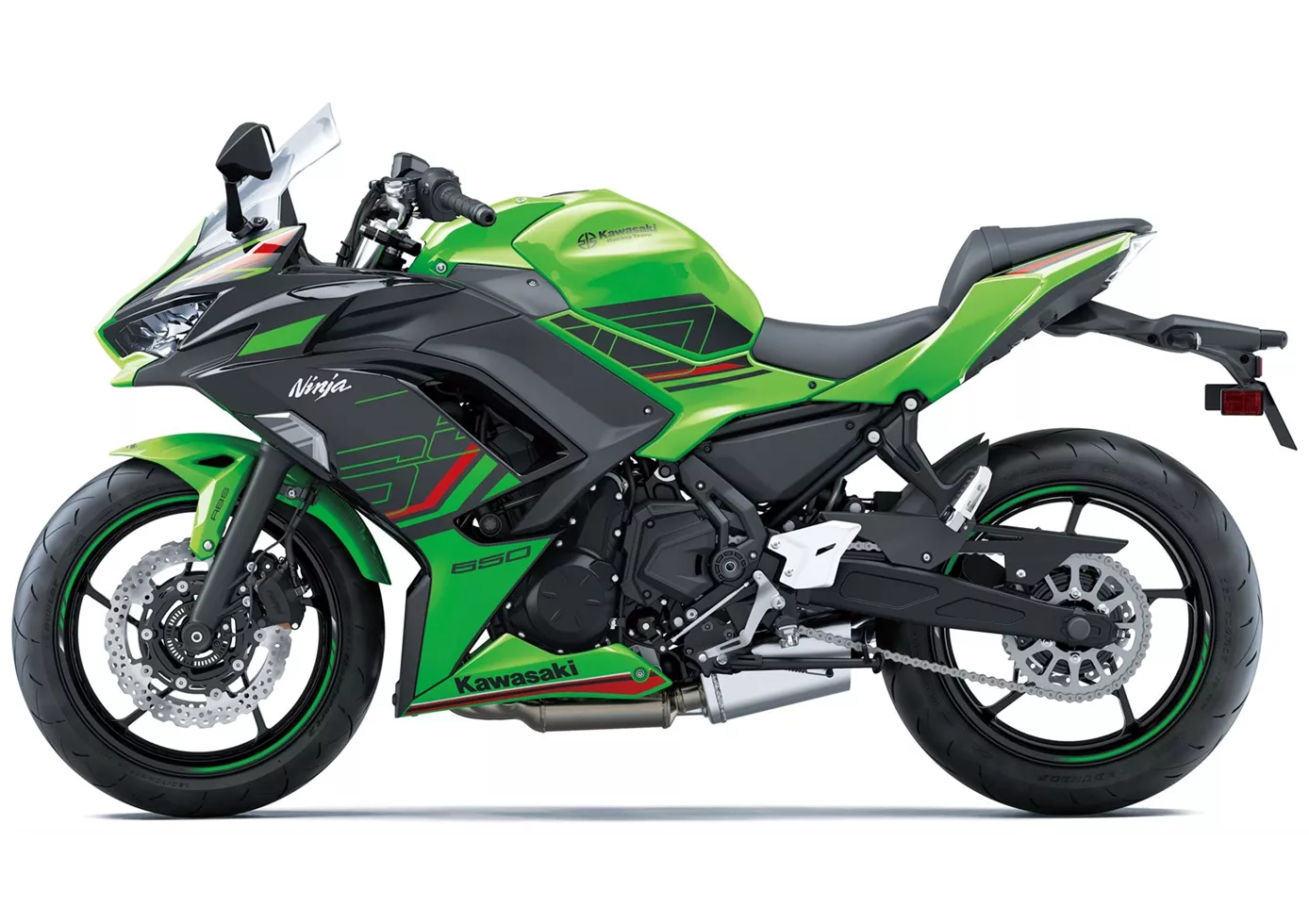
To judge the Kawasaki Ninja 650 purely on its paper form would be a serious mistake. The two-day test showed once again that performance data carries more weight at the pub table than in the wild. Kawa's sports tourer does exactly what it is supposed to and, thanks to the constant revision and the new features added for 2023, is still an enrichment for the class. Only hobby racers should be warned, as the name Ninja still stirs up a certain expectation that the 650 does not fully meet.
Price Comparison Avarage Market Price Yamaha YZF-R6 vs Kawasaki Ninja 650
There are a few key differences between a Yamaha YZF-R6 2019 and a Kawasaki Ninja 650 2023. It takes less time to sell a Kawasaki Ninja 650 with 137 days compared to 140 days for the Yamaha YZF-R6. Since model year 2005 1000PS.de editors have written 33 reviews for the Yamaha YZF-R6 and 20 reviews for the Kawasaki Ninja 650 since model year 2017. The first review for the Yamaha YZF-R6 was published on 17/10/2002 and now has more than 3,600 views. This compares to more than 79,600 views for the first review on Kawasaki Ninja 650 published on 04/10/2016.

